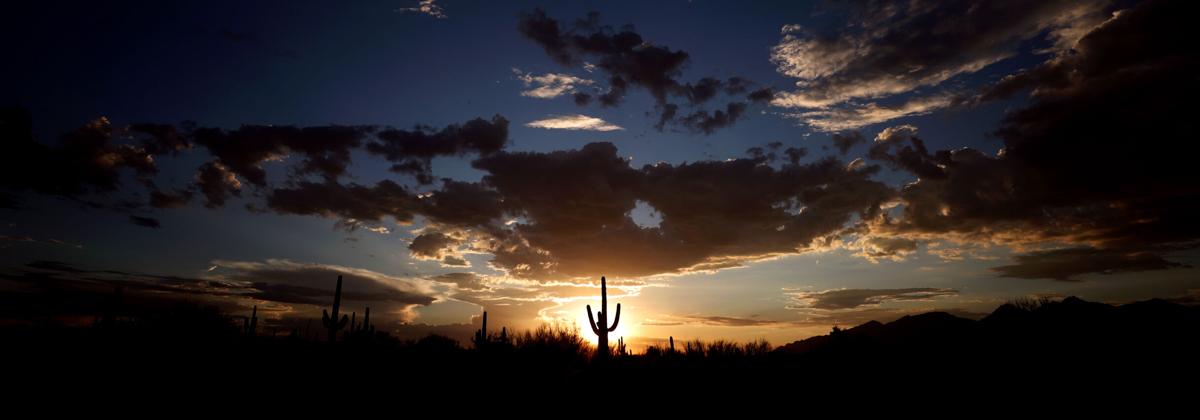Blame it on La Niña!
That’s what Tucsonans will be doing if the drier, warmer-than-normal forecast put out by the National Weather Service on Monday comes to fruition.
The meteorological phenomenon, caused by colder than normal waters in the equatorial Pacific Ocean off the coast of South America, is the driver behind the forecast, according to meteorologist Carl Cerniglia of the National Weather Service in Tucson.
“La Niña ends up tweaking our weather pattern in such a form that, at least in the Western U.S., it shoves the jet stream a little further north. That results in warmer than normal conditions here, but it also … reduces the chances of having those weather systems. And then that’s where it reduces the chance of us getting our normal winter precipitation.”
In a typical winter, Tucson can expect to receive 2.64 inches of rain between the beginning of December and the end of February.
But during Tucson’s last significant La Niña winter weather pattern, last year, the city recorded just 1.95 inches, according to Cerniglia.
While Southern Arizona is usually driest in winter, a particularly dry season could offset the gains made during the past summer, when the region had one of the wettest monsoons on record and the wettest recorded in decades.
Tucson’s 2021 monsoon ended as the third-wettest on record.
The total amount of rain received during this year’s monsoon, which runs from June 15 through Sept. 30, was 12.79 inches.
The wettest monsoon on record was in 1964, when 13.84 inches of rain fell on the Old Pueblo.
The average rainfall for a Tucson monsoon is 5.55 inches, according to the weather service.
Last year, Tucson received only 1.62 inches of rain, making it the second-driest monsoon on record.
“What we really needed was an above-normal monsoon season, or at least a normal season, in order to really eradicate the drought conditions,” Cerniglia said.
However, there is some hope for those holding out for a wetter winter.
“Last year’s La Niña was stronger than this one is forecast to be so that that can impact the degree to some extent,” Cerniglia said. “Like the stronger, the La Niña, the more likely you will have a below normal winter. If it’s a marginal La Niña, it could tip the odds either way.”





